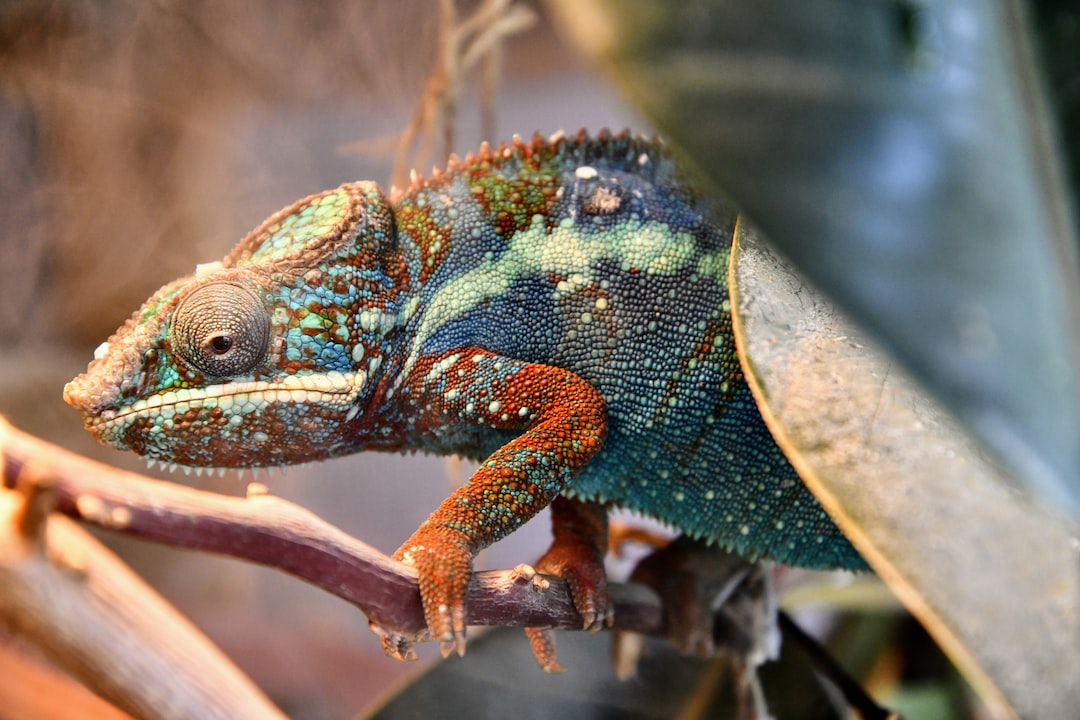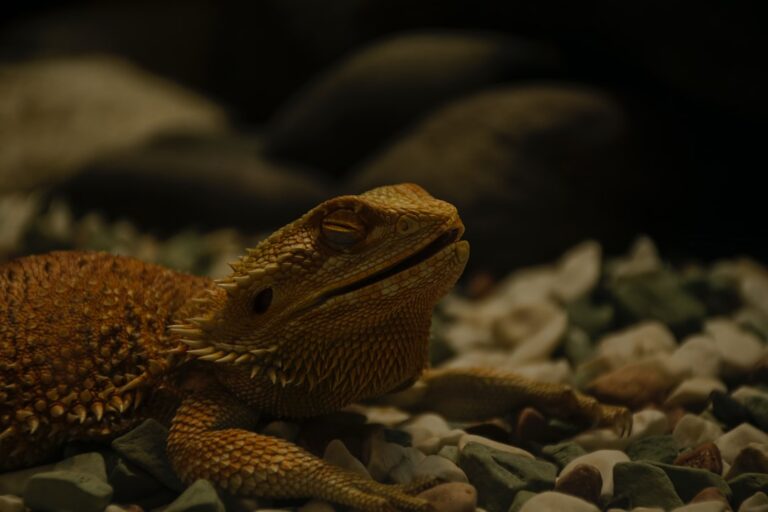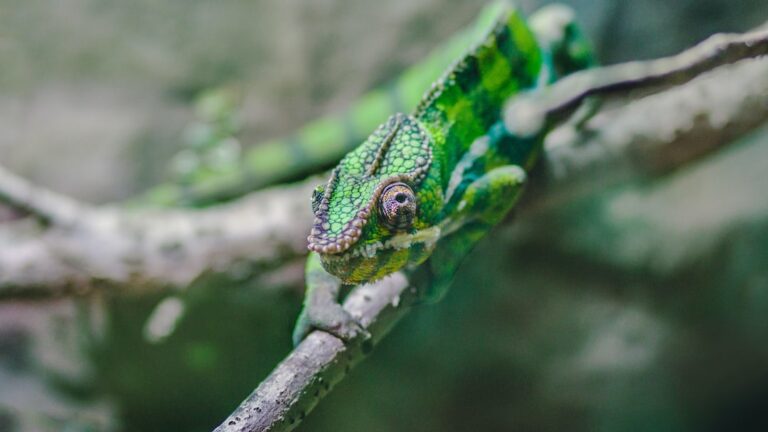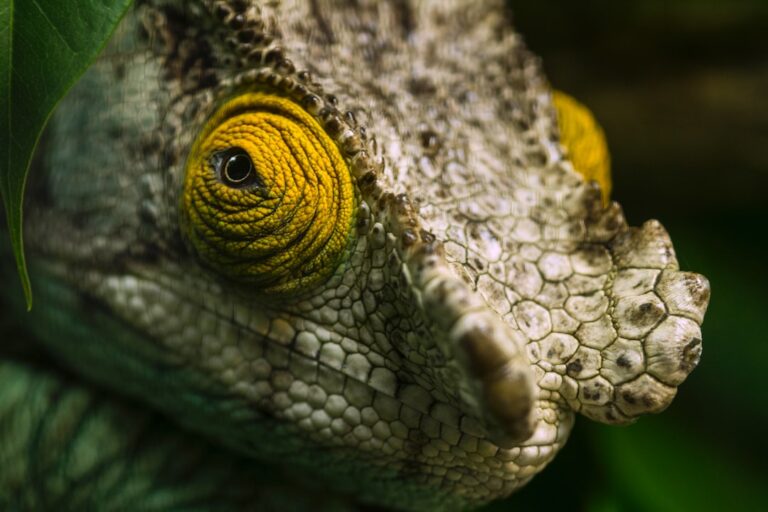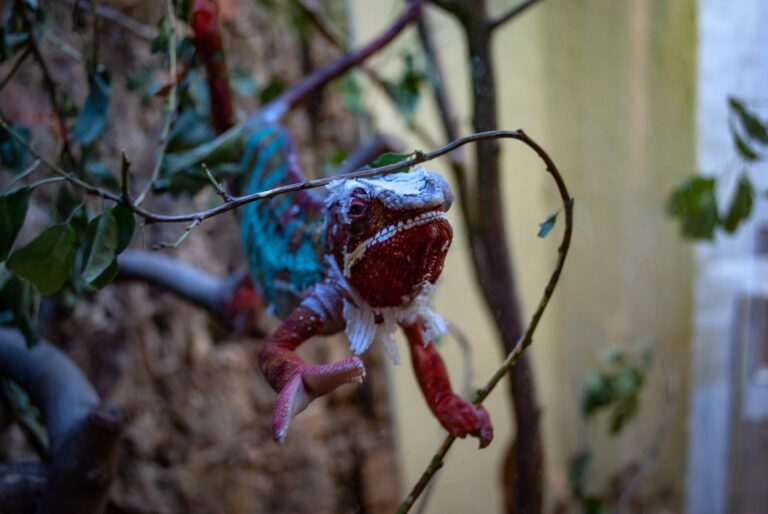When Do Chameleons First Shed?
Chameleon shedding is an important aspect of their overall health and well-being. Understanding the shedding process and knowing how to properly care for your chameleon during this time is crucial for their overall health. Shedding is a natural process that all reptiles, including chameleons, go through to replace old skin with new skin. In this article, we will explore the different aspects of chameleon shedding, including the frequency of shedding, factors that can affect shedding, the shedding process itself, and how to care for your chameleon during this time.
Table of Contents
Understanding Chameleon Shedding
Shedding is a natural process that allows chameleons to grow and replace old skin with new skin. Chameleons shed their skin in order to accommodate their growth and to remove any parasites or bacteria that may be present on their old skin. Shedding is also important for chameleons to maintain proper hydration levels and to regulate their body temperature.
During the shedding process, a chameleon’s skin becomes dry and begins to peel off in small pieces. This process can take several days to complete, and it is important to provide your chameleon with the proper care and environment during this time to ensure a successful shed.
Shedding Frequency in Chameleons
The frequency of shedding in chameleons can vary depending on several factors, including age, species, and overall health. Generally, younger chameleons will shed more frequently than older ones because they are growing at a faster rate. On average, chameleons will shed every 4-8 weeks.
However, it is important to note that shedding frequency can be influenced by environmental factors such as temperature and humidity levels. If these factors are not optimal, it can affect the shedding process and lead to complications.
Factors Affecting Chameleon Shedding
There are several factors that can affect the shedding process in chameleons. One of the most important factors is the environment in which they are kept. Chameleons require specific temperature and humidity levels in order to shed properly. If the environment is too dry, it can cause the skin to become dry and difficult to shed. On the other hand, if the environment is too humid, it can prevent the skin from drying out properly and lead to complications.
Another factor that can affect shedding is nutrition. Chameleons require a balanced diet that includes a variety of insects and plant matter. If a chameleon is not receiving the proper nutrients, it can affect their overall health and make it more difficult for them to shed properly.
The Shedding Process in Chameleons
The shedding process in chameleons typically occurs in several stages. The first stage is known as pre-shedding, where the chameleon’s skin will start to become dull and dry. During this stage, you may notice your chameleon rubbing against branches or other objects in their enclosure to help loosen the old skin.
The second stage is known as shedding or sloughing. During this stage, the chameleon’s old skin will start to peel off in small pieces. It is important to note that chameleons shed their skin in patches rather than all at once. This process can take several days to complete.
The final stage is known as post-shedding, where the chameleon’s new skin will be revealed. The new skin will be vibrant and healthy-looking. It is important to provide your chameleon with proper hydration and a clean environment during this time to ensure a successful shed.
How to Identify a Chameleon Ready to Shed
There are several signs that indicate a chameleon is ready to shed. One of the most common signs is a change in coloration. Chameleons may become dull or faded in color before shedding. They may also appear more lethargic and spend more time resting.
Another sign is a loss of appetite. Chameleons may eat less or refuse to eat altogether during the shedding process. This is normal and should not be a cause for concern as long as your chameleon is otherwise healthy.
To prepare for shedding, it is important to provide your chameleon with a clean and humid environment. This can be achieved by misting their enclosure several times a day and providing a water source for them to drink from. It is also important to ensure that the temperature in their enclosure is within the appropriate range for their species.
Shedding Differences in Male and Female Chameleons
There are some differences in shedding patterns between male and female chameleons. Male chameleons tend to shed more frequently than females, especially during the breeding season. This is because male chameleons undergo physical changes during this time, such as the development of vibrant colors and the growth of larger casques or crests.
During shedding, it is important to provide both male and female chameleons with the proper care and environment. However, it is especially important to monitor male chameleons closely during shedding as they may be more prone to complications due to their physical changes.
Shedding Patterns in Different Chameleon Species
Different chameleon species may have slightly different shedding patterns. Some species may shed more frequently than others, while some may shed in larger pieces rather than small patches. It is important to research the specific shedding patterns of your chameleon’s species in order to provide them with the proper care during shedding.
For example, veiled chameleons are known to shed in larger pieces compared to other species. This is because they have a different skin structure that allows them to shed their skin all at once rather than in patches.
Shedding and Chameleon Health
Shedding is an important aspect of chameleon health. It allows them to remove old skin and any parasites or bacteria that may be present. Proper shedding also helps chameleons maintain proper hydration levels and regulate their body temperature.
If a chameleon is not shedding properly, it can lead to complications such as retained shed or skin infections. Retained shed occurs when the old skin does not come off completely and gets stuck on the chameleon’s body. This can lead to restricted movement and discomfort for the chameleon. Skin infections can occur if the environment is not clean or if the chameleon’s skin is not properly hydrated during shedding.
Common Problems During Chameleon Shedding
There are several common problems that can arise during chameleon shedding. One of the most common issues is retained shed, where the old skin does not come off completely and gets stuck on the chameleon’s body. This can lead to restricted movement and discomfort for the chameleon.
Another common issue is dehydration. If the environment is too dry or if the chameleon is not provided with enough water during shedding, it can lead to dehydration and make it more difficult for the old skin to come off.
Skin infections are also a common problem during shedding. If the environment is not clean or if the chameleon’s skin is not properly hydrated, it can create an ideal breeding ground for bacteria and fungi, leading to skin infections.
Helping Your Chameleon During Shedding
There are several ways you can help your chameleon through the shedding process. One of the most important things you can do is provide them with a clean and humid environment. This can be achieved by misting their enclosure several times a day and providing a water source for them to drink from.
You can also help your chameleon by providing them with branches or other objects in their enclosure that they can rub against to help loosen the old skin. It is important to monitor your chameleon closely during shedding and remove any retained shed if necessary.
After shedding, it is important to care for your chameleon’s skin. You can do this by providing them with a clean environment and ensuring that their enclosure is free from any bacteria or fungi. You can also apply a reptile-safe moisturizer to their skin to keep it hydrated and healthy.
In conclusion, understanding chameleon shedding is crucial for their overall health and well-being. Shedding is a natural process that allows chameleons to replace old skin with new skin and remove any parasites or bacteria that may be present. The frequency of shedding can vary depending on several factors, including age, species, and overall health.
There are several factors that can affect the shedding process in chameleons, including environmental factors and nutritional factors. It is important to provide your chameleon with the proper care and environment during shedding to ensure a successful shed.
During shedding, it is important to monitor your chameleon closely for any signs of complications such as retained shed or skin infections. By providing them with a clean and humid environment and proper hydration, you can help your chameleon through the shedding process and ensure their overall health and well-being.
If you’re interested in learning more about chameleons and their unique behaviors, you might also want to check out this article on “Why Do Chameleons Close Their Eyes?” It explores the reasons behind this fascinating behavior and provides insights into the world of these incredible reptiles. (source)

